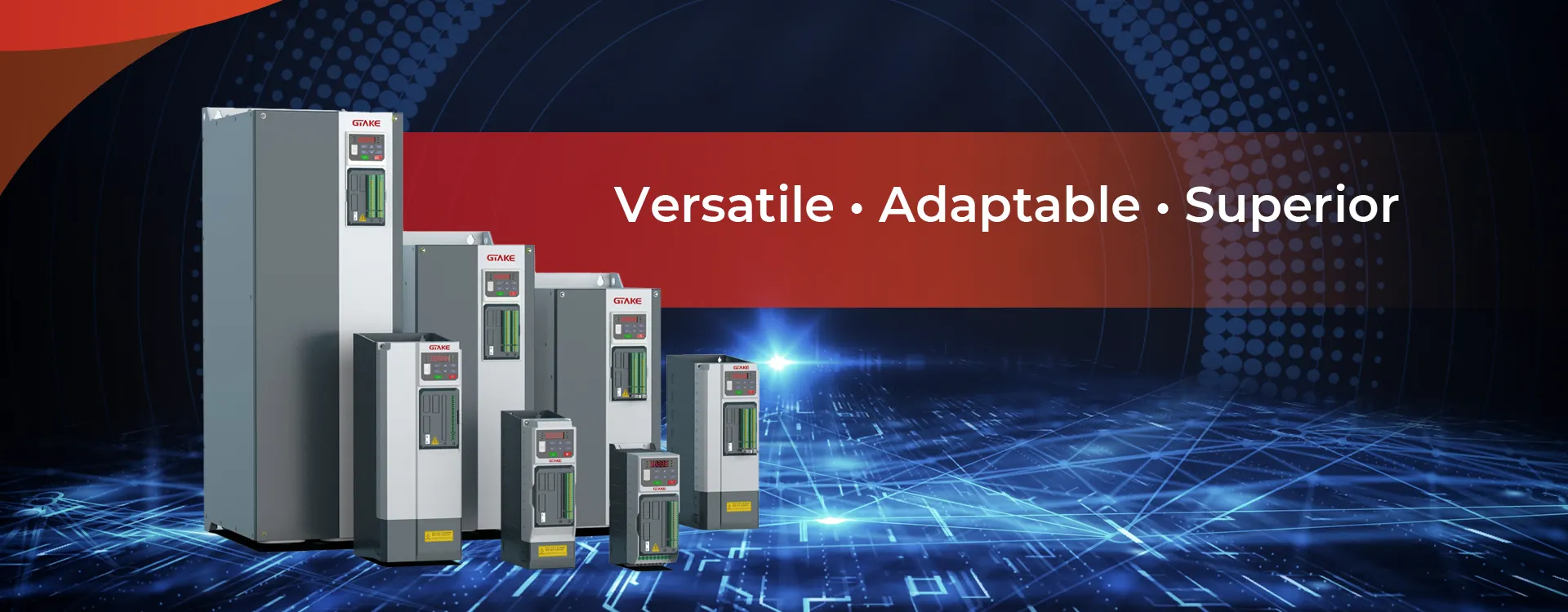
GTAKE specializes in designing and producing innovative AC drives (also known as variable frequency drives), electric vehicle motor controllers, bidirectional DC sources, and test rigs with advanced control algorithms and cutting-edge technology, delivering optimal performance and reliability for industrial automation and new energy applications.
An AC Frequency Inverter, also known as a Variable Frequency Drive (VFD), is a crucial device in modern motor control systems. It controls the speed, torque, and direction of an AC motor by varying the frequency and voltage supplied to the motor. By adjusting these parameters, the inverter enables precise control over motor performance, enhancing efficiency and system reliability. AC frequency inverters are widely used across industries such as HVAC, manufacturing, water treatment, and many other applications where motor speed needs to be controlled.
The primary function of an AC Frequency Inverter is to convert the incoming AC (Alternating Current) power from a constant supply into a variable frequency and voltage output. Here’s how it works:
When choosing an AC Frequency Inverter, it is important to consider factors such as:
The AC Frequency Inverter is a powerful tool in modern motor control, offering precise control over motor speed and torque while improving energy efficiency and system reliability. Whether used in HVAC systems, industrial machines, or pumps, these devices help optimize performance, reduce energy consumption, and prolong the life of motors and other machinery. With various control methods available, choosing the right inverter for your application can greatly enhance your operations and lead to significant cost savings.
